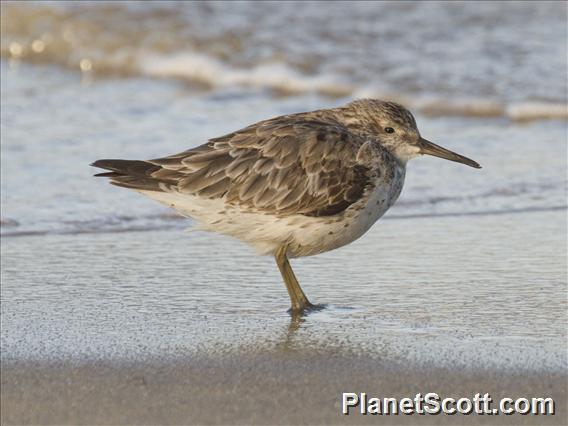Great Knot (Calidris tenuirostris)

Great Knot (Calidris tenuirostris)
×


Great Knot (Calidris tenuirostris)
About Great Knot (Calidris tenuirostris)
- Kingdom: Animals
- Phylum: Chordates
- Class: Birds
- Order: Pelicans
- Family: Sandpipers and Allies
The great knot is a small wader. It is one of the largest species in the genus Calidris. It is a migratory bird which breeds in eastern Siberia, Russia, and flies to southern Asia and Australia in the northern winter.
Source: Wikipedia
Lifelists
Visits
-
-
2013-02-02
Pak Thale, Thailand


